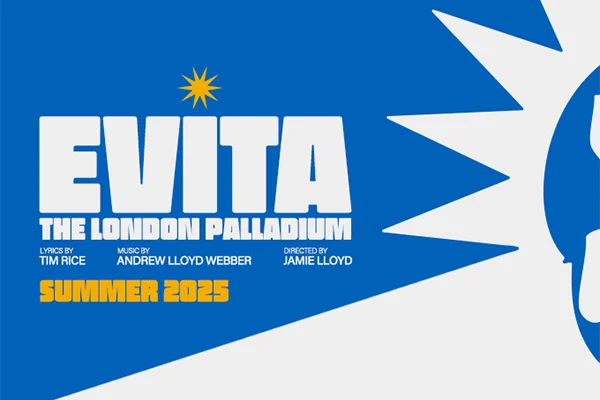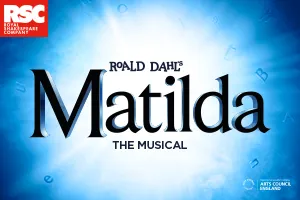In the Fringe guide, there is a lot of theatre which claims interactivity. Usually, this manifests itself in some limp form where the actors mildly acknowledge our presence, and we might have to dance with them or something of the ilk. But every year, there is a piece that makes the audiences interaction vital and necessary for the work to succeed. Last year, Ontrorerend Goeds Internal fit such a description. This year, it is 101. Upon arrival, each audience member is given a white sash to wear upon their arm or waist, as long as they wear it, they will be included in the action. If they remove their sash, they become a more passive viewer. In one of the scenarios I attended (for the record, I experienced two out of the four they are presenting), two audience members became the key characters in the drama experienced. Thanks to a simple gestural and textual vocabulary which was effectively incorporated from the start, the two audience members were able to seamlessly fit their roles well. Be warned, no matter what, this experience is very in your face and body, but if you get too uncomfortable, thats what removing the sash is for. I have intentionally not said a word as to what the four scenarios they are presenting are, since knowledge of them going in would taint the experience, but do have faith, they are all pieces of literature that most everyone should know (some done more abstractly than others), and the ah-ha moment when you figure it out is the best part of the fun (well, one of them is remarkably abstract, but is still a great deal of fun)! One quibble, it is four distinct experiences and a very small (fifteen audience members), separately ticketed (£7.50) house for each, yet in order to have the proper experience, you should see all four. In other words, get your tickets now for what is one of the most distinctive experiences at this years Fringe.



















